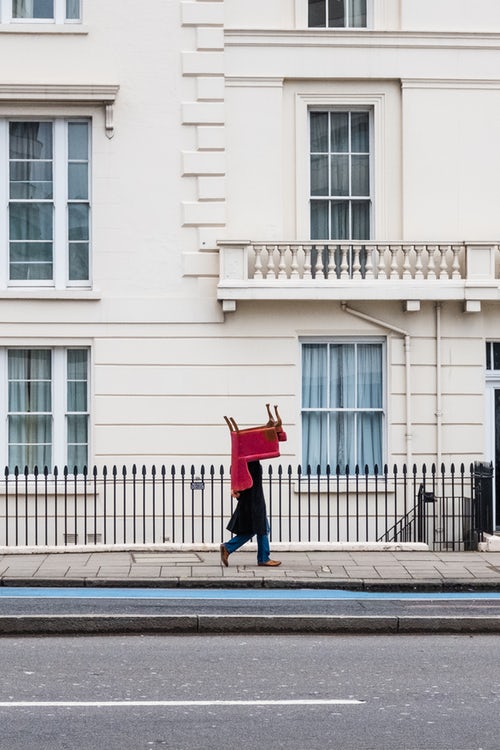
Obsessive-Compulsive Disorder is a mental issue that forces the person to compellingly behave accordingly to his/her tendency. As long as the tendency isn’t assessed as achieved or completed, the OCD remains. The OCD may rapidly become a real handicap, because nothing becomes clear enough in the mind to assess properly if the goal is achieved, in order for the tendency to stop. Thus, the main challenge in the OCD is to find a way for the disorder to cease, without evidence that the goal is achieved. This is especially due to the lack of self-confidence in the individual to trust in his own capacity not to be still under the OCD’s influence.
The OCD is mainly a consequence of a subconscious and primal will of safety. When I was a kid, I had the tendency to count the number of steps of the staircase, or the number of black tiles on the floor, etc. This behavior, on top of occupying my mind, gave some inner satisfaction to my heart, to be able to evolve in a safe and well-known environment. Since every behavior in childhood remains as traces in the subconscious mind, this tendency was perhaps a starting point of a future OCD.
One of the main OCD is the “checking” one, which forces us to check out endlessly whether an action has been done or not. Hereafter, find an innovative way, not only to get rid of this “checking” OCD, but also to transform it into the skill of creativity and imagination. This technique, presented for “checking if your main entrance door is correctly closed”, associates full consciousness with the Hebb rule.
When you move towards the main entrance door, to check for the first time whether it is closed or not, make it as ordinary as usual, bearing in mind that you are experiencing a new technique. After checking, when you go away from the door, be aware when this inner call to check again raises within yourself, and accept it. Then, when you move towards the main entrance door, to check for the second time whether it is closed or not, do it in full consciousness, meaning that you must associate your three main senses to the action. Feel the contact of the door-handle in the palm of your hand (be it cool, rough or any other sensation), listen to the sound you hear when you lock the door and look very consciously at the door-handle. Afterwards, go away from the door, and be aware when this inner call to check again raises within yourself, and accept it. During this third attempt, the last one, behave as for the second one, fully conscious of what you are doing, while associating information of your environment that has absolutely no link with your current action. In this precise moment of locking your door, you may hear a bird singing outside, or you may look at some detail just beside on the floor, or you may pinch gently the hand that is locking with the two fingers of your other hand. Once you turn away from the door, expecting the probable inner call to check again, recall the association that you made during the previous check. E.g. look at your hand and see the still visible pinch effected on your hand. Since this association was unusual and totally new, you will assess surely that it occurred during the checking-process, and that you have, indeed, correctly closed the door. No need to check again!
The good thing with this technique is that, from this moment, at any time that you will go to check whether the door is correctly closed or not, you will have to associate new information, different than the previous one, to prevent any confusion. To that extent, you must increase your imagination to find constantly new associations. You have transformed your OCD into the skill of imagination.
